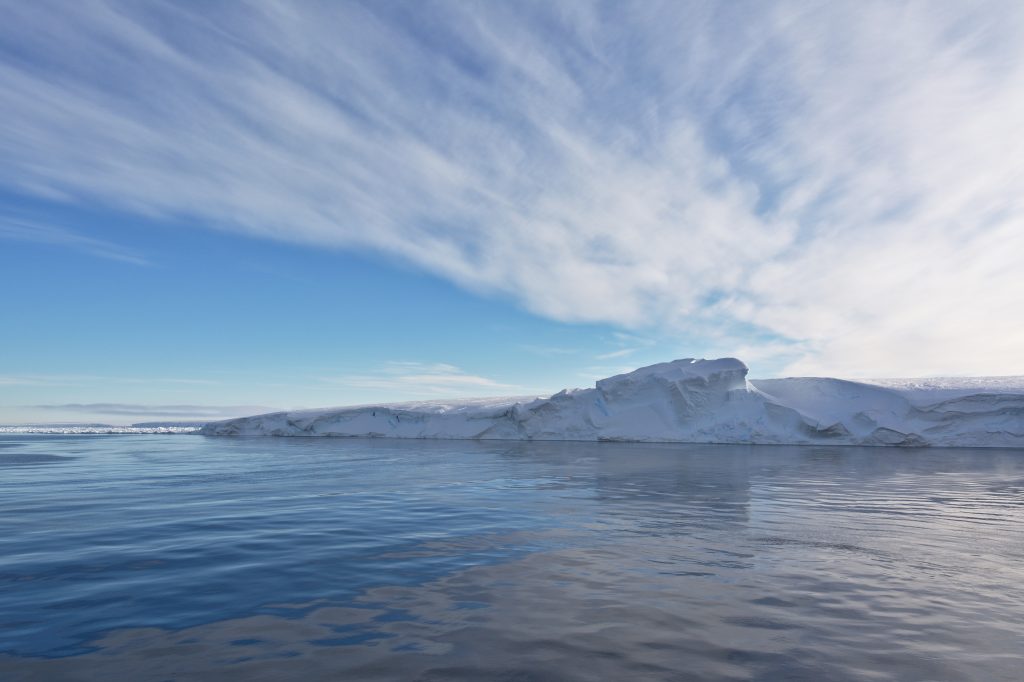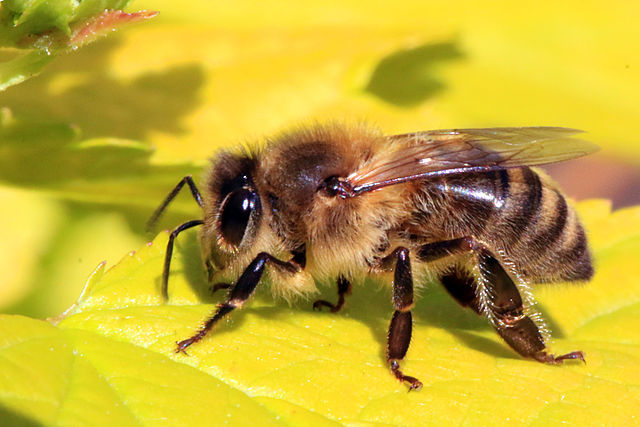“It looks like we’ve lost control of melting of the West Antarctic Ice Sheet,” said one author. “The bright side is that by recognizing this situation in advance, the world will have more time to adapt to the sea-level rise that’s coming.”
By Jessica Corbett. Published 10-23-2023 by Common Dreams

Even if humanity dramatically reduces planet-heating pollution from fossil fuels, the West Antarctic Ice Sheet faces an “unavoidable” increase in melting for the rest of this century, according to a study published Monday in the journal Nature Climate Change.
The West Antarctic Ice Sheet is the continent’s largest contributor to rising seas and contains enough ice to increase the global mean sea level by over 17 feet, the study explains. Enhanced melting of ice shelves, “the floating extensions of the ice sheet, has reduced their buttressing and caused upstream glaciers to accelerate their flow” toward the Southern Ocean. Ice shelf melting could “cause irreversible retreat” of the glaciers.
Continue reading

